Cryengine 3 free finally available
-
Cryengine 3 free is available for non non-commercial use here:
http://www.crydev.net/index.php
As I am downloading it right now and I haven't used with it yet, I don't know if it can import skp files by default, or you need PlayUp tools plugin:
http://www.playuptools.com/index.html
Write your impressions here

-
Good stuff!
I may try it, how much is a license I wonder? If it turns out really great it may be a wise investment for me in the long run...
I'm looking for a software to do realtime walkthroughs of interiors. Wonder if this is suitable..
How is your experience with it? Ease of use? Performance on your specs? Integration with sketchup based workflow?
I'm too impatient to wait to find out for myself!
-
I don't know as I have never used it... it seems a bit complex. Perhaps someone could give us a fast guide to view our creations in that engine. But I believe that you need PlayUp. Perhaps in a future PlayUp allows to export an entire level, now it only allows components.
I have been using it a bit this evening, there is a demo, called forest.cry. If you open it you will see the power of this engine.
-
I can't try until work tomorrow as that's where my good rig is. What spec/result you been using/getting? I have a single 580.
The interface has similarities with the crysis sandbox editor that I've used for 1. It's not hard once you know as they say
 The main thing was going through the database of assets etc. that were organised in confusing ways if you were just looking to place objects to make a map.
The main thing was going through the database of assets etc. that were organised in confusing ways if you were just looking to place objects to make a map.
I assume this is alot harder though as its a game engine.I'll post here tomorrow after work if I get time to work some stuff out. If it works well this could be a fantastic visualization tool for many sketchuppers!
-
Downloading now...
-
A tutorial:
Google SketchUp for CryEngine3 | Extensive tutorials
-
Hi, pichuneke:
Thanks for that link. Very informative. And puts Sketchup in a new perspective. Helps to reinforce what I only vaguely understood. -
@pichuneke said:
A tutorial:
Google SketchUp for CryEngine3 | Extensive tutorials
I would say this should be a must read for newbies. This is an excellent job of explaining SketchUp's native tools, and a great introduction to some of the major plugins.
Great find. -
The engine doesn't work for me. It usually stops loading when it reaches crydev login.
Do I need some sort of an account somewhere?
I'm using windows 7 and tried both the 32 and 64 bit versions and have the same problem. -
@marian said:
The engine doesn't work for me. It usually stops loading when it reaches crydev login.
Do I need some sort of an account somewhere?
I'm using windows 7 and tried both the 32 and 64 bit versions and have the same problem.Yes, you need to register here: http://www.crydev.net/
And you have to start the engine with an internet connection.

-
Registered and still doesn't work. the window for the login does not appear it freezes.
-
@marian said:
Registered and still doesn't work. the window for the login does not appear it freezes.
I don't know how to help you... I use Windows 7 64 bits and no problems. In fact, in the login window there is a link to register. That's how I did it. Perhaps you could ask for help in the forums of http://www.crydev.net
-
Here some screenshots (made with snipping tool)
6th image circles area displayed in 5th
Very good if I could work out a decent workflow from sketchup...
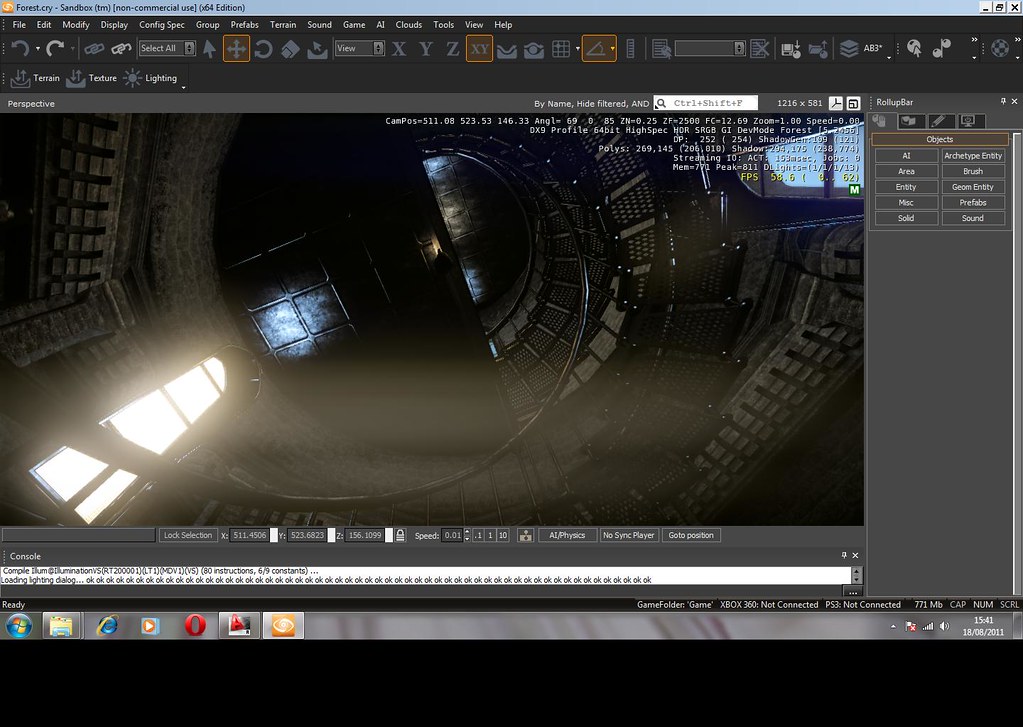
cry1
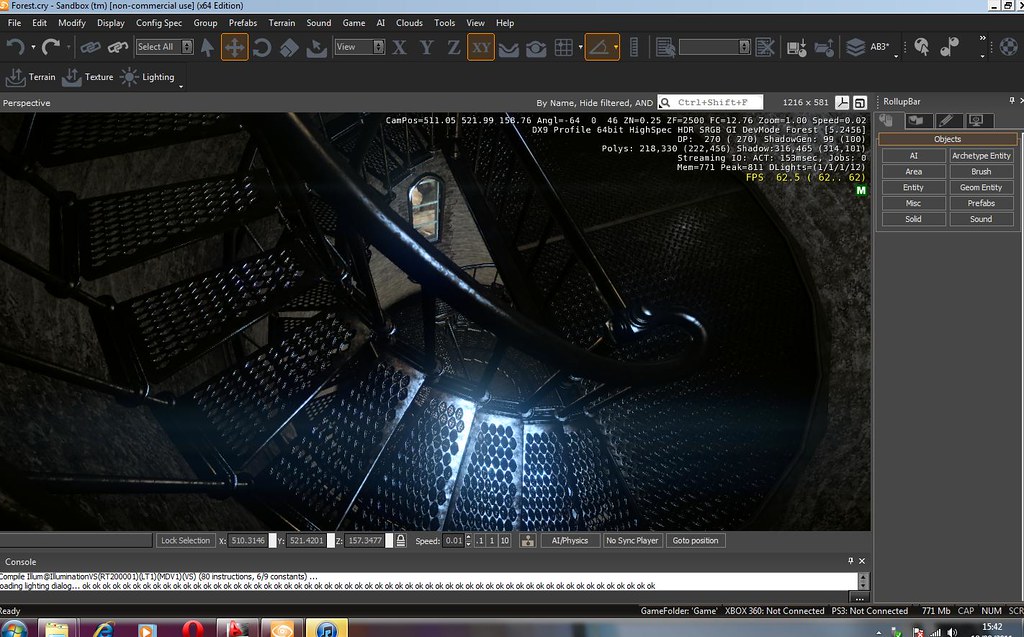
cry2 by shmikereardon, on Flickr
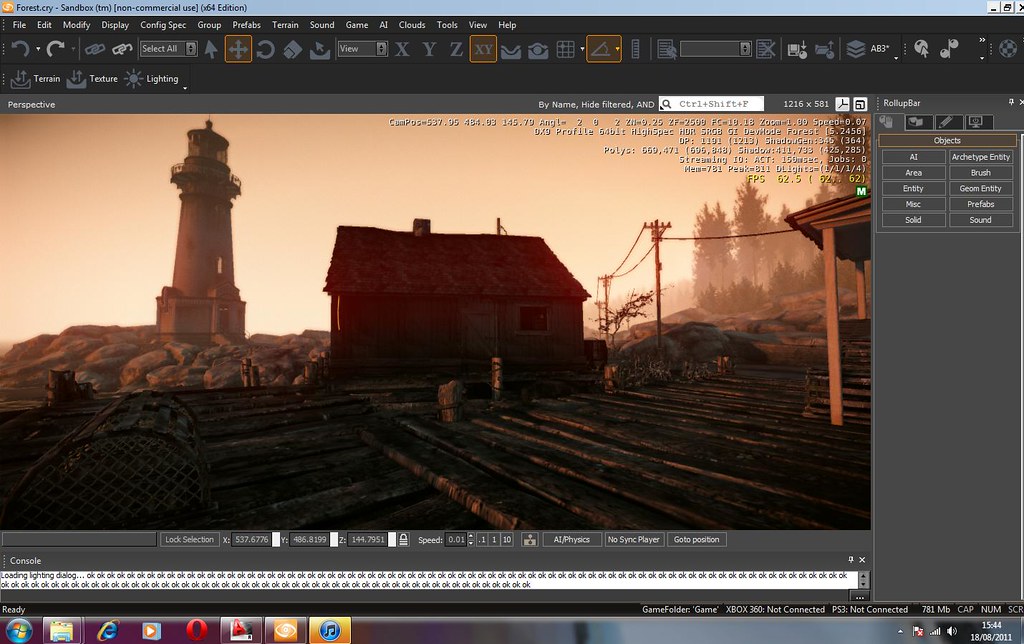
cry3 by shmikereardon, on Flickr
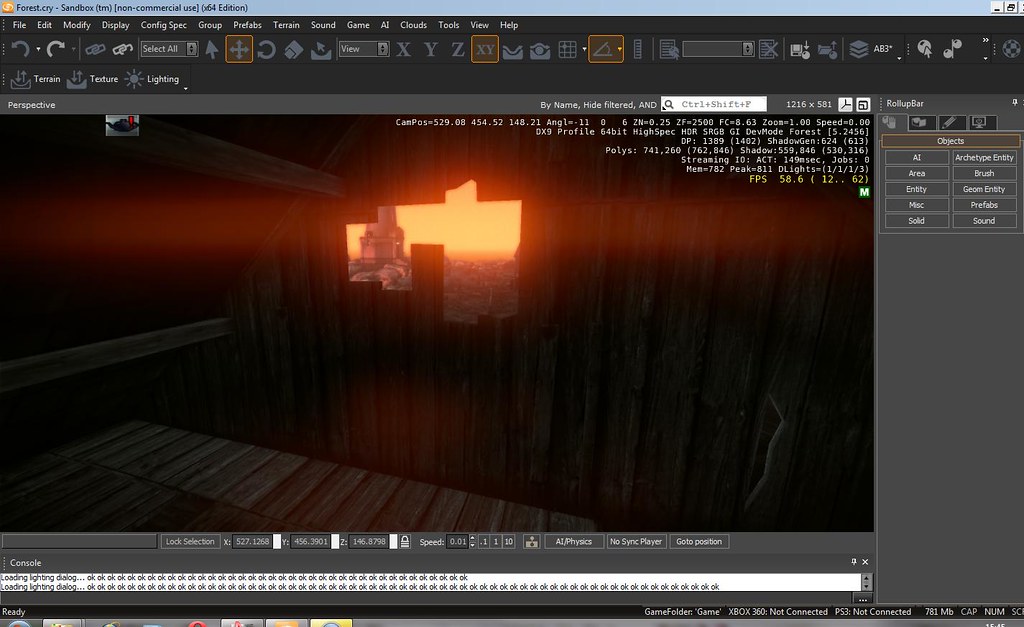
cry4 by shmikereardon, on Flickr
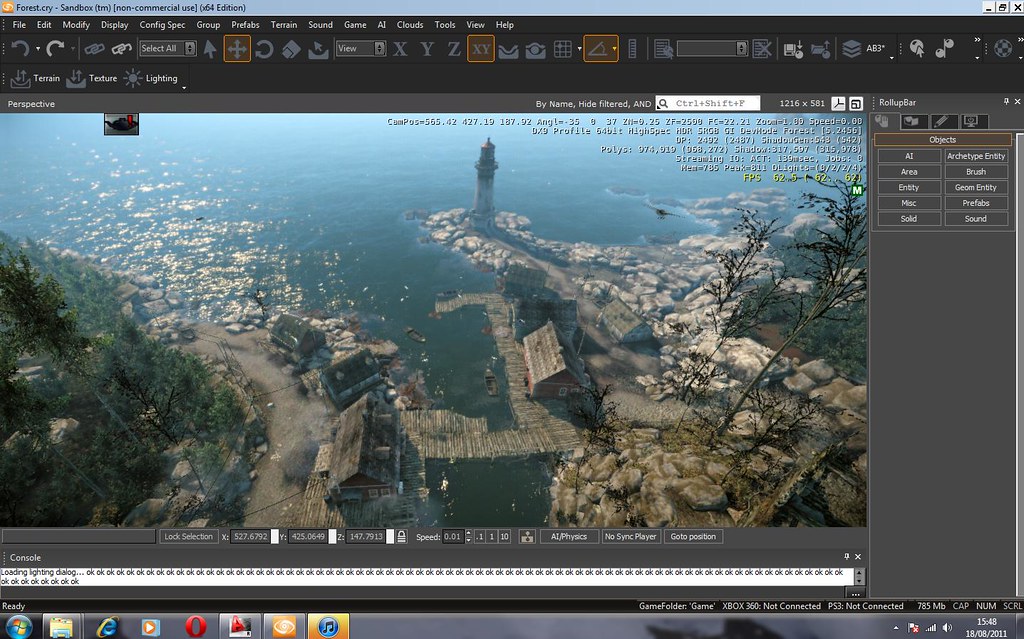
cry5 by shmikereardon, on Flickr
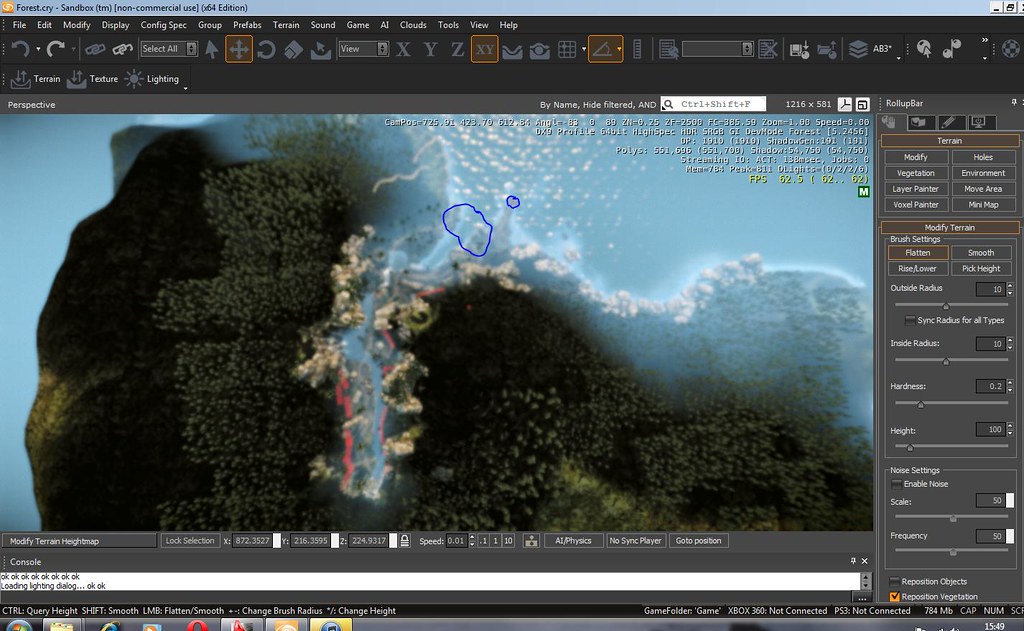
cry6 by shmikereardon, on Flickr -
Hey
If you have the Cryengine 3 SDK, then that's it.
You don't install anything if i remember correctly, you just extract it to a folder called "CryENGINE_v3_3_5_2456_FreeSDK" (well it was for me anyway)
Within that there are folders called Bin32 and Bin64. Choose the one relevant to your system and launch the "Editor" (orange logo) -
Hi,
I have no idea about these 3D engines, so I wanted to see a SketchUp model in this environment to get an idea.
I have downloaded the "Cryengine3 Free SDK" and "PlayUP Exporter" but I can not find the installation file (See Picture below) for the CryEngine. I can only open the "Sandbox editor". The export of SKP models with PlayUP seems to work only with an installed "CryEngine".I would be very happy if someone could give an explanation.
Charly
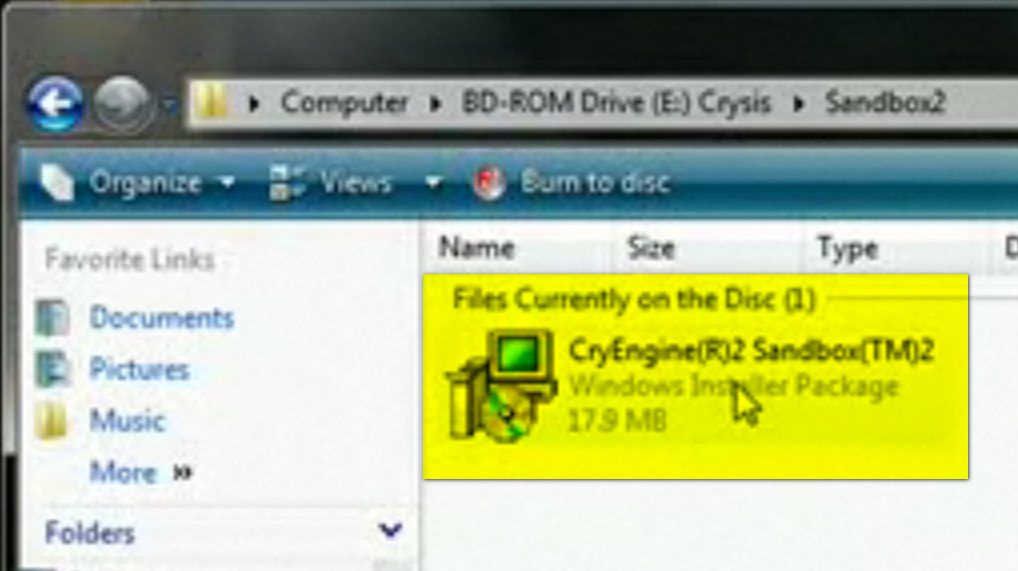
-
Hi Michael,
thanks for Your answer. Does that means that only with the full version of CryEngine, models can be exported via PlayUp into the "Cryengine"?
Charly
-
No the free version is fully functional for non commercial works. There is a tutorial on playup website
-
Pichuneke's color blinded forest.

It's a beginning...
-
Strawberry Fields Forever
-
@pichuneke said:
Pichuneke's color blinded forest.

It's a beginning...
So, does one do a walk through with a shotgun/machine gun?

Advertisement







